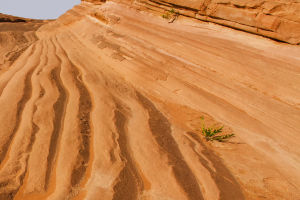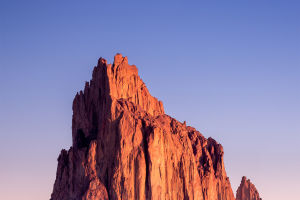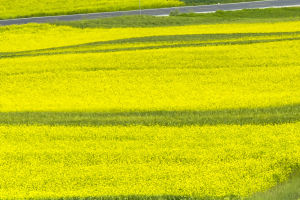City night landscapes are often the most difficult for many people to shoot, either out of focus, or overexposed, or the night sky is reddish, or the color is flat. Here are some tips.
Timing
The most important factor influencing the shooting of city night landscapes is time. The best time is when it is at dawn, not after it has gone dark. When it is dawn and the lights are on, it is far more beautiful and better than when it is completely dark. However, this is a mistake that most people make when photographing city scenes at night.
Firstly, it is good for exposure. The main difference between urban night scenes and traditional outdoor night scenes is the presence of a large number of artificial light sources on the ground - such as building lights, car lights, road lights, and advertising signs. These light sources pose a tricky problem for photography - the wide variation in brightness makes it difficult to balance the exposure.
If shot after full darkness, due to the presence of a large area of black in the picture, the camera's metering system will be misled to "think" that the exposure needs to be increased to correctly reproduce. So the photo is easy to show the lights overexposed, the sky a bright paste, and the exterior surface of the building a dead black.
If you choose to shoot at dawn, the brightness from the afterglow is still there, and the luminance from the lights on the ground is not that strong, so the contrast between light and dark is relatively small.
At this point, the picture is less likely to be significantly overexposed or underexposed, so the exposure is even and delicate, the sky, lights, ground scenery, and building facades are presented, and the whole picture is rich in detail.
Preparations
1. Camera
A digital camera capable of shooting in RAW format with excellent image quality is undoubtedly the best, either a DSLR or a mirrorless camera such as a Sony A7. Also, night photography requires a higher ISO than day photography, so a full-frame camera is ideal.
2. Lens
City landscape photography generally uses a wide-angle or ultra-wide-angle lens with high sharpness and good image quality. As you are not shooting the stars or the Milky Way, the size of the aperture is not a priority, which increases the range of options.
3. Tripod
A tripod is the most important piece of equipment for night photography. In poor lighting conditions, a relatively slow shutter speed can lead to a long exposure process, and a tripod can prevent the camera from shaking and causing blurred images.
4. Shutter cable
The moment you press the shutter, you will inevitably touch the camera body, and this slight vibration will also cause the picture to be blurred. This is where a shutter cable is needed to control the shutter or a wireless shutter remote.
Although more and more new digital cameras can now be shutter triggered via an app. If you don't have a shutter-triggering device, don't worry, the camera's shutter delay function can come in handy at this time, allowing the camera to delay shooting for 5-10 seconds can also significantly reduce the vibration caused by touching.


